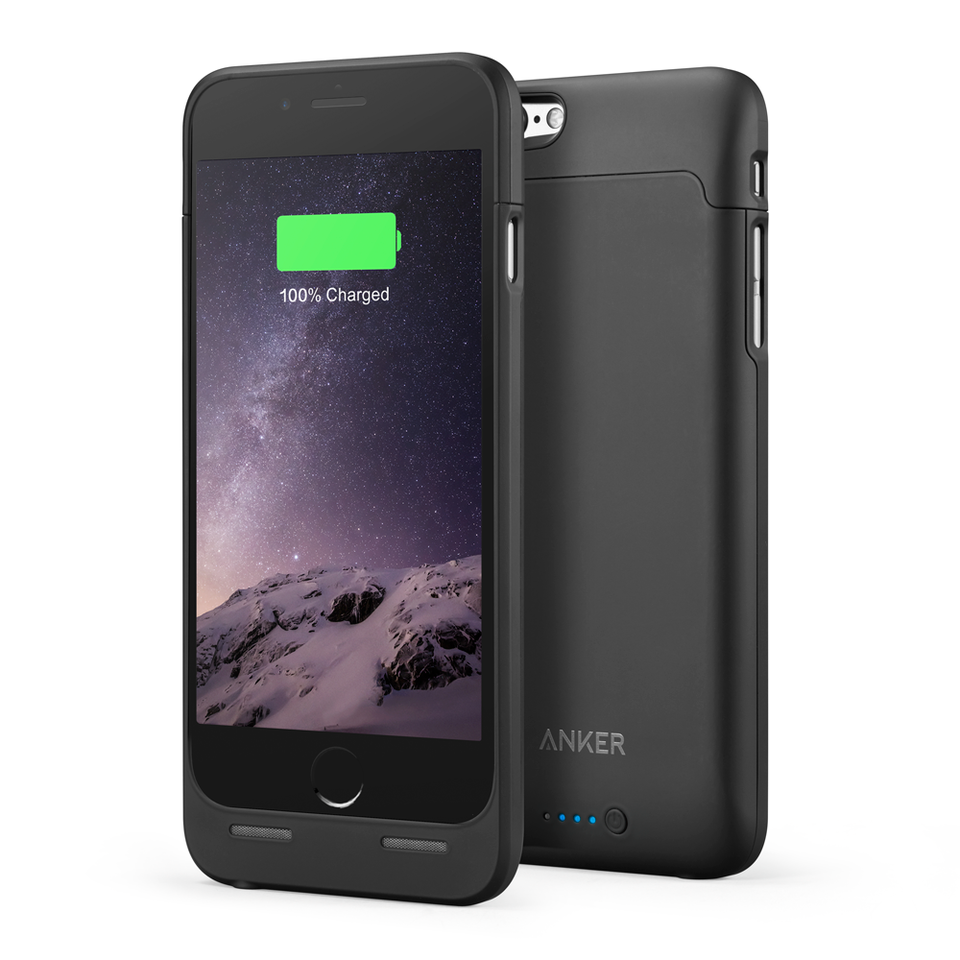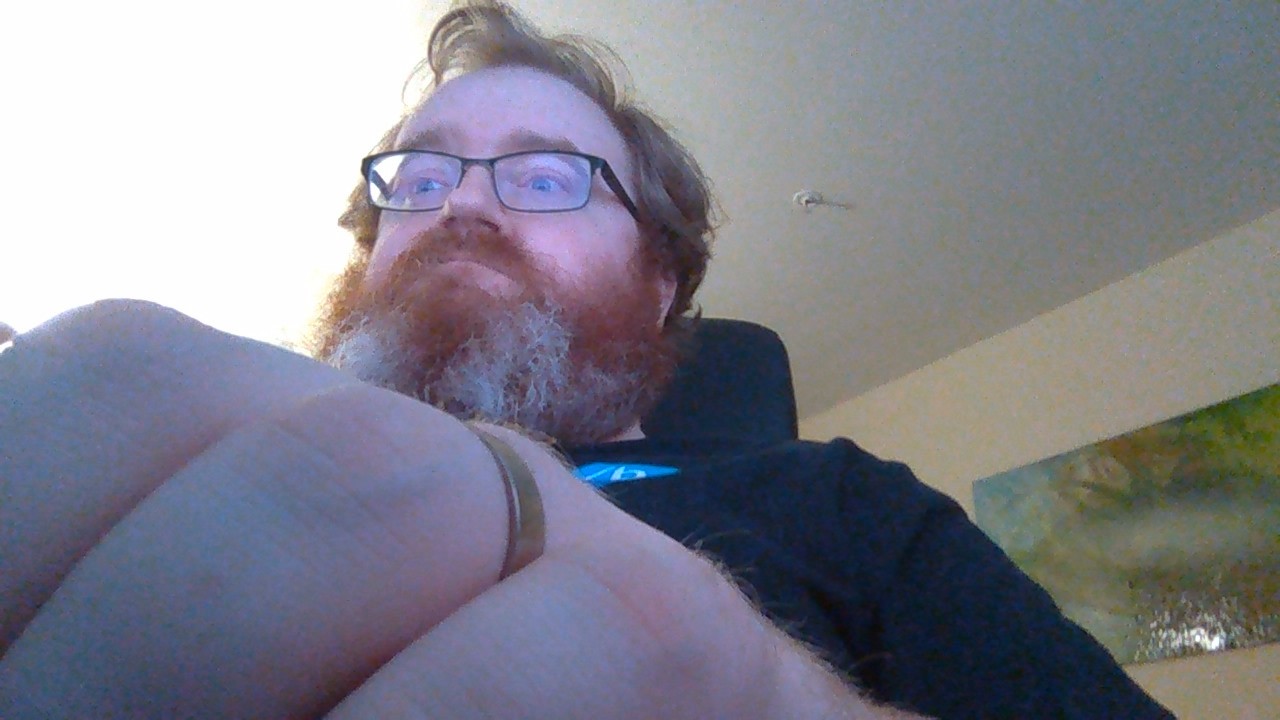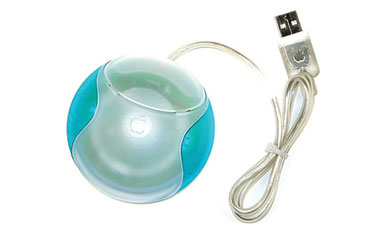There are, broadly speaking, two types of shirts: with buttons and without buttons.
Putting on a shirt without buttons is easy, you just pull the shirt over your head, stick your arms in the sleeves and you’re done. This can be complicated by having a huge head and the shirt having a tiny neck but it is generally trouble-free.
Putting on a shirt with buttons is not much more difficult, especially if you’re not falling-down-the-stairs drunk. You stick your arms in the sleeves, then button the shirt to the desired level (or sometimes not at all depending on taste/whim/current state of alcohol consumption).
But there is a subcategory of shirts with buttons that is, you guessed it…bad design.
This is a shirt with buttons on the back instead of the front:
Observe how your elbows bend. They bend forward. This is because your hands are made to be used in front of your body. Now imagine you are buttoning up the shirt above. Your hands are twisted around into an awkward position. They are bending the wrong way. It is difficult, perhaps even painful.
Why would someone design a shirt with buttons on the back? To have a clean, button-free look on the front. But there is a solution for this already. It’s called not putting buttons on the shirt.
But what if the buttons are somehow deemed essential to the design? Put them on the front! But what if the designer finds buttons to be hideous and gross? They’re just as hideous and gross on the back, plus they look stupid there. But if the designer absolutely must have buttons and insists that they are ugly, just include a giraffe tie with every shirt to help hide them. Who doesn’t like giraffes?








